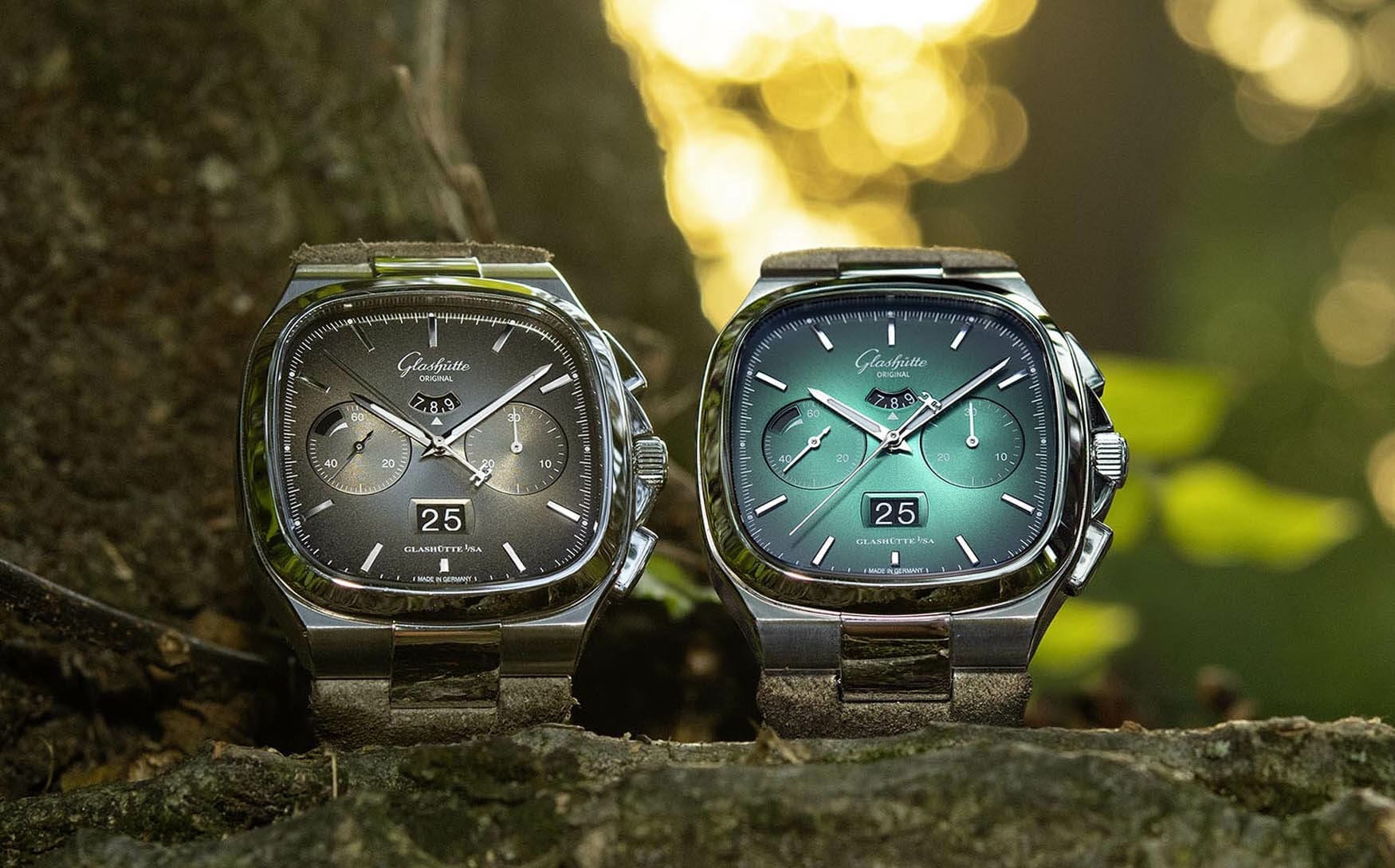Which watch trends survived the pandemic?
Fergus NashThe effects of the coronavirus pandemic were obviously widespread, but the wristwatch industry didn’t suffer nearly as much as was predicted. Some companies even managed to do better in lockdown, as watch enthusiasts had nothing else to do but browse online and shop. There was a cultural shift certainly, but that also led to a lot of notable trends popping up, like super-colourful watches in the mainstream. Let’s take a look at which trends survived 2020-21, and which ones faded.
Survived – green dials
When green-dialled watches started becoming more common, there seemed to be a collective sense of relief. It was as if we’d all been waiting for them but hadn’t known what we were missing, except for the Seiko Alpinist fans who’d been right all along. But green wasn’t just another colourful fad, it quickly became an institution to rival the blue and black dials which have been dominating the watch world for decades. It occupied a perfect limbo between sophistication and sportiness that allowed it to suit pretty much any watch of any style, and it doesn’t look like people are sick of it yet.
Faded – bronze cases
Like with all trends, bronze cases had a cult following before 2020, but it wasn’t until the pandemic that the obsession took hold. Whether they were huge hulking divers or petite field watches, people even started lusting after bronze bracelets that would turn their wrists green with oxidisation. The care guides were endless too, and for every video on how to clean your bronze case there were two more showing you which crazy methods could make it patina faster. Now that the craze has passed, there’s definitely still an appeal to bronze cases. It’s good that there’s a wealth of options to choose from, but it’s a relief to not see five released in a day.
Survived – integrated bracelets
It might be wrong to call integrated bracelets a trend of the pandemic when they came about in the 1970s, but it could be fair to say that they’re more popular now than they ever once were. They may have been prevalent once they were invented, but frankly the quality was just not where it is today. Even on luxury watches, the lack of adjustability made them difficult to wear if your wrist wasn’t a perfect fit, but now we have superior designs and manufacturing techniques. The integrated bracelet boom of 2020-21 is still rippling on, and it’s almost odd to see anything unintegrated now. You can even have the best of both worlds in most cases, with bracelets styled to look integrated but actually being easily swappable with quick-exchange systems.
Faded – salmon dials
Salmon dials still carry a high level of respect, but it’s to nowhere near the same degree as in 2020-21. When watches like the Fears Brunswick Salmon or the Breitling Premier B25 Datora 42 Copper dropped, it was as if the world had stopped turning and every enthusiast needed to regain composure. More robust than cream but less aggressive than orange, the pinkish-beige of salmon just seemed to captivate audiences and evoke nostalgic feelings regardless of personal connections. Now it’s a well-established dial colour with a nice amount of variety, but hardly one that’s trending.
Survived – sustainable materials
As people were able to spend less time outside in the real world, it was only natural that we’d realise the real world was worth protecting. Lots of brands have been doing environmental conservation work behind the scenes over the years, but bringing it to buyer’s attentions was an important step. Through an increase in sustainable materials in both packaging and the watches themselves, the bar has been raised for manufacturers to aim for greener methods and louder commitments. Companies like #tide have made that easier by recycling ocean plastics and collaborating with watch brands to incorporate them.
Survived – higher prices
The cost of living crisis has been well-documented over the last few years, with global corporations continuing to prioritise profit over all else. Although they’re luxury items, even when they’re just a couple hundred dollars, wristwatches haven’t been exempt from this. Many people were hoping the pandemic would drive prices down, but the opposite happened, with lack of supply driving up demand like never before. When restrictions eased and production capability returned, the price increases didn’t seem to slow down. Now the Federation of the Swiss Watch Industry has shown that average watch prices have increased by over 50% since 2019, approximately 10 times greater than the Swiss rate of inflation. If nothing else, we can be glad that rising prices contributes to the success of smaller microbrands who focus on affordability.










